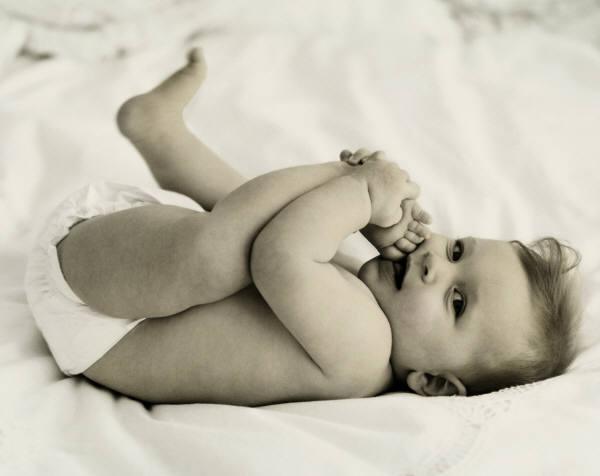The IJsselmeer (pronounced eye-sselmeer) has a surface area of around 1,200 sq. km (460 sq. miles), and hosts fleets of traditional boter and skûtsje sailing ships, fishing smacks, modern sailboats, powerboats, and canoes. Its waters are an important feeding ground for migrating and resident birds. The IJsselmeer actually was once a sea, until the Dutch decided they didn't want it to be one any longer, since it was always threatening to flood Amsterdam and other towns and villages along its low-lying coastline.
For centuries the Dutch have been protecting themselves from encroaching seas, and snatching more land to accommodate their expanding population. One of their most formidable opponents was the Zuiderzee (Southern Sea), an incursion of the North Sea that washed over Frisian dunes to flood vast inland areas. Over the centuries, the Zuiderzee continued to expand, and in the 1200s a series of storms drove its waters far inland. In 1932, in an unparalleled feat of engineering, the North Sea was sealed off, from Noord-Holland to Friesland, by the 30km (19-mile) Afsluitdijk (Enclosing Dike), and the saltwater Zuiderzee became the freshwater IJsselmeer. Since then, a vast area has been pumped dry, converting fishing villages into farming villages, and joining islands to the mainland. Among the cluster of picturesque old villages and towns in this area are the fishing villages of Volendam and Marken, along the shores of the Ijsselmeer lake.
Volendam is 18km northeast of Amsterdam. The village has about 21,000 inhabitants and is still growing. Volendam is well-known for its old fishing boats and the traditional clothing still worn by some residents. The women's costume, with its high, pointed bonnet, is one of the most recognizable of the Dutch traditional costumes, and is often featured on tourist postcards and posters (although there are believed to be fewer than 50 women now wearing the costume as part of their daily lives, most of them elderly). Meerzijde, one street back from the harbour, is a maze of alleys and and mini-canals with quaint looking houses. From Volendam, there is a regular ferry connection to Marken, a peninsula close by.
For centuries the Dutch have been protecting themselves from encroaching seas, and snatching more land to accommodate their expanding population. One of their most formidable opponents was the Zuiderzee (Southern Sea), an incursion of the North Sea that washed over Frisian dunes to flood vast inland areas. Over the centuries, the Zuiderzee continued to expand, and in the 1200s a series of storms drove its waters far inland. In 1932, in an unparalleled feat of engineering, the North Sea was sealed off, from Noord-Holland to Friesland, by the 30km (19-mile) Afsluitdijk (Enclosing Dike), and the saltwater Zuiderzee became the freshwater IJsselmeer. Since then, a vast area has been pumped dry, converting fishing villages into farming villages, and joining islands to the mainland. Among the cluster of picturesque old villages and towns in this area are the fishing villages of Volendam and Marken, along the shores of the Ijsselmeer lake.
Volendam is 18km northeast of Amsterdam. The village has about 21,000 inhabitants and is still growing. Volendam is well-known for its old fishing boats and the traditional clothing still worn by some residents. The women's costume, with its high, pointed bonnet, is one of the most recognizable of the Dutch traditional costumes, and is often featured on tourist postcards and posters (although there are believed to be fewer than 50 women now wearing the costume as part of their daily lives, most of them elderly). Meerzijde, one street back from the harbour, is a maze of alleys and and mini-canals with quaint looking houses. From Volendam, there is a regular ferry connection to Marken, a peninsula close by.

The harbour and the main commercial street of Volendam
 The beautiful neighbourhood of Volendam...how lovely it must be to be living here
The beautiful neighbourhood of Volendam...how lovely it must be to be living here
Houses with huge compounds and no perimeter fencing...how nice
Marken, with a population of about 2,000 is a former island. Since 1957, it is connected to the Noord Holland mainland by a 2km long dyke. The dyke runs from Marken to the town of Monnickendam, just north of Amsterdam. It has a pretty harbour surrounded by traditional green houses. It used to be an important fishing harbour but now also caters for the leisure craft. The green houses were once fishermen's cottages, but are now mostly tourist shops and restaurants. In many ways, it is very much like Volendam, only smaller, quieter and more rural. Its population is Protestants, while Volendam is Catholic. The houses in Marken are built close together, with only a small alleyway in between, since there isn't much space to build on this 'island'.

The picturesque Marken harbour


Typical 17th century gabled timber house in Marken







1 comment:
I haven't been visiting for a while and boy.. so many trips you'd made..
You brought Yiu Yiu along?
Post a Comment